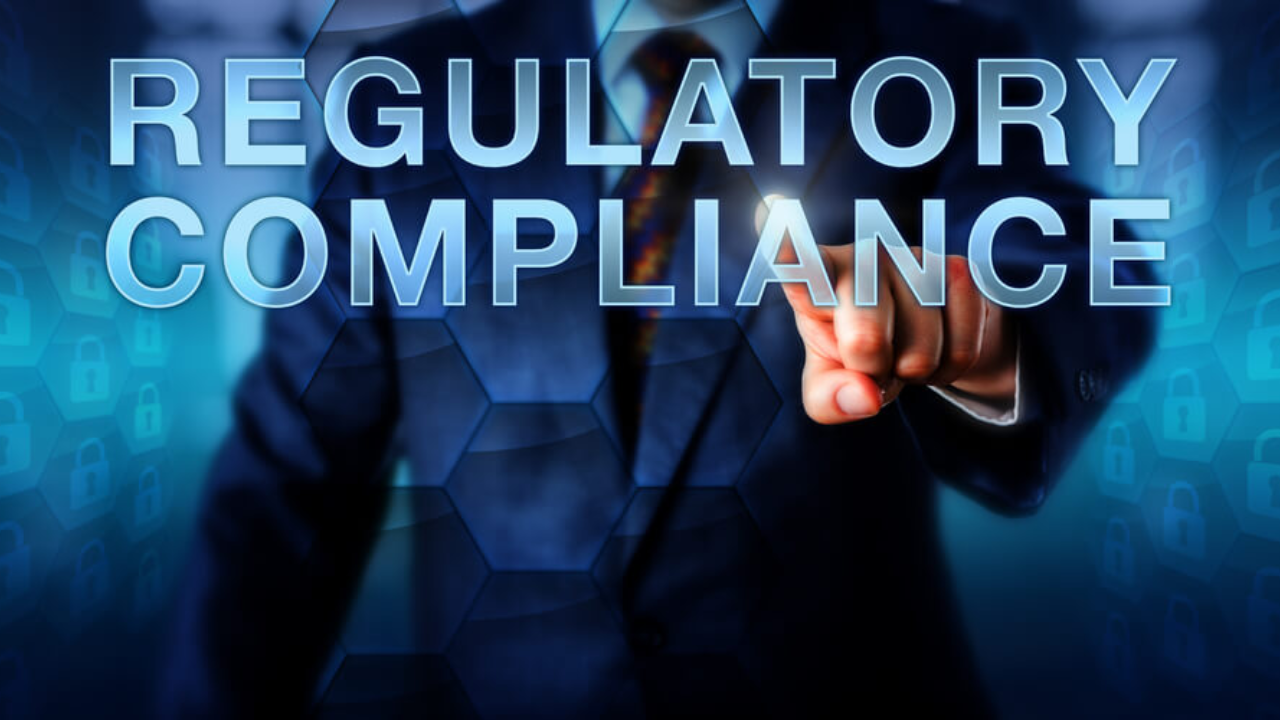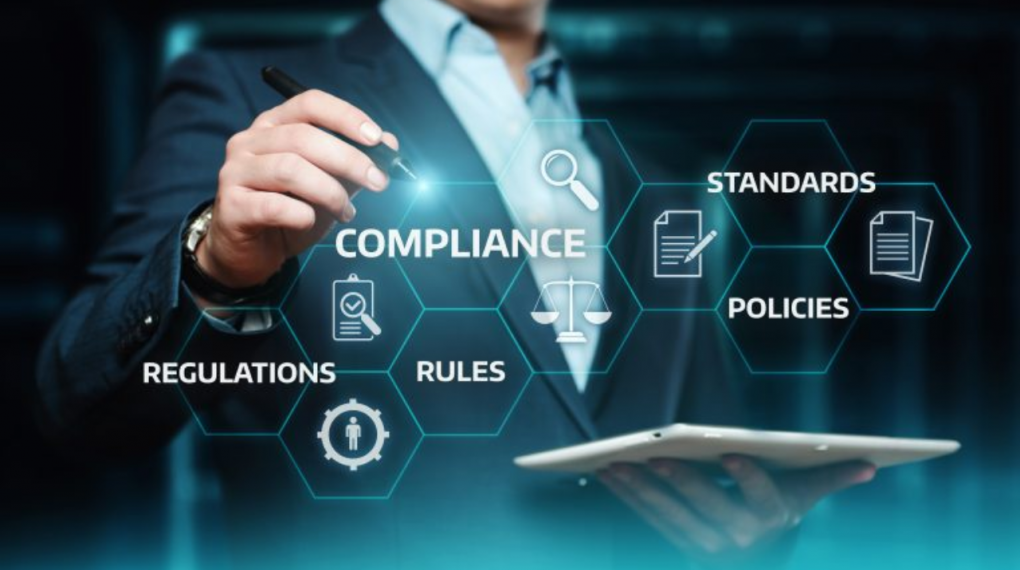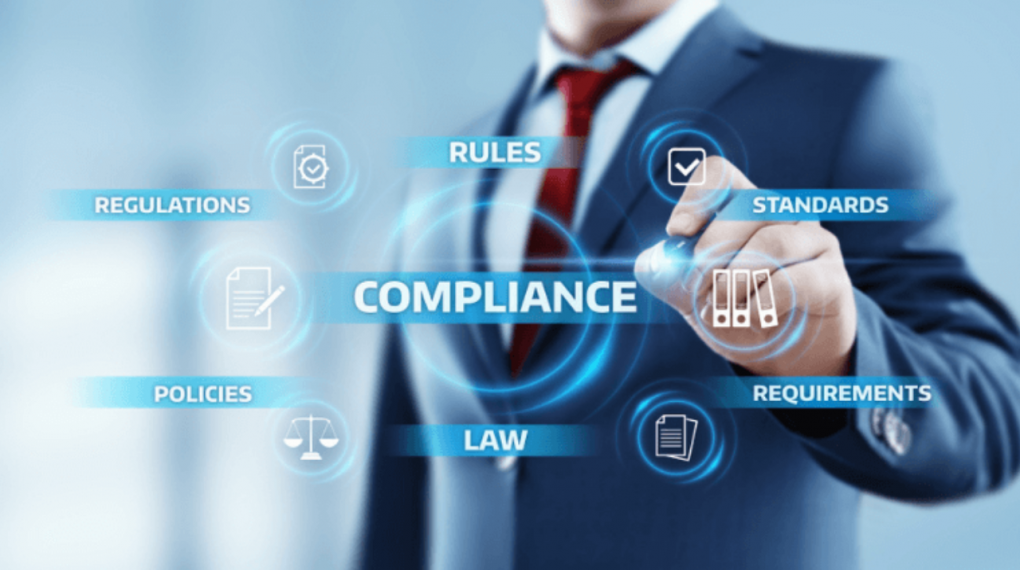
To master regulatory compliance, you must develop detailed knowledge of the rules that govern your industry. This is especially important for businesses handling sensitive data. It includes industries like finance, healthcare, and technology. Regulations like GDPR, HIPAA, and SOX set strict guidelines for handling, storing, and protecting data.
To ensure compliance for critical SaaS data, companies must be aware of the specific requirements for data privacy, security, and reporting.
They can check for regular updates, too. Therefore, they can incorporate regulatory changes in internal rules to stay compliant.
Otherwise, it will be difficult to manage the evolving landscape in the digital space.
The problem with regulatory compliance
Compliance with the existing rules is a dire need for today’s organizations. Especially in the digital environment, there is a delicate and essential problem.
We find frequent breaches of environmental compliance across industries.
Currently, most organizations are shifting to entirely online and using cloud services. Hence, unraveling a web of rules meant for data privacy, protection, and security has become even more crucial.
Non-compliance results in sanctions, losses of reputation, and interruptions to operations. Hence, all companies are at risk.
It is against this background that this blog will seek to describe the following ways. These ways will help organizations survive by meeting regulatory compliance in the digital age.
1. Understand the Regulatory Landscape

To master regulatory compliance, you must develop detailed knowledge of the rules that govern your industry. This is especially important for businesses handling sensitive data. It includes industries like finance, healthcare, and technology.
Regulations like GDPR, HIPAA, and SOX set strict guidelines for handling, storing, and protecting data. Companies must know the specific requirements to ensure compliance with critical SaaS data. Some of these are:
- data privacy,
- security, and
- reporting
Regularly reviewing updates to these regulations is essential. The regulatory landscape is constantly evolving. Hence, close monitoring is vital to address new challenges in the digital world.
2. Non-compliance and how to resolve it

There are many acute cases of non-compliance. However, violation of regulatory compliance is a risk.
Out of many things, there can be severe legal repercussions.
Without regulatory compliance, governing bodies can also impose sanctions on your business. It might put your business under criminal charges as well.
There may also be financial consequences for failure to comply with regulatory regulations. Firstly, your business may lose revenues due to a lack of consumers’ trust. After that, the shareholders may also start losing confidence in your industry.
In the long run, you may lose customers promptly. It would not be easy to retain top employees as well.
3. Strategies to ensure regulatory compliance
To ensure regulatory compliance, you need a proactive approach. For example, you can begin by creating a risk aversion framework. You may also conduct regular risk assessments.
At the same time, your business must have a contingent incident response strategy.
If there is a chain of regulatory non-compliance, you will need a real-time plan to break it.
And it necessitates quick decision-making.
When regulatory compliance fails, you may also pull up a crisis management plan.
For example, divisional managers can be disbursed to call meetings or make changes to ensure assured regulatory compliance.
However, the stakeholder communication strategy is more essential.
For starters, you can streamline communication methodology to reach consensus-based solutions to cases of regulatory compliance violations.
Secondly, you can invite regulators for a transparent and non-biased review. It will highlight your intentions to make the business compliant.
Implement Strong Data Protection Measures
The regulation and safeguarding of data is a key underlying theme of most regulations. It has become undesirable and even threatening to business ventures to allow sensitive information to be open to the public or accessed by the wrong people or parties.
This ranges from adopting encryption for stored and transmitted data, multi-factor authentication, up-to-date firewalls, and anti-malware devices.
In the same regard, and to prevent unauthorized access, access controls to restricted information must be thoroughly implemented. When organizations ensure that they protect data, they retain legal compliance and gain the customers’ trust.
Use technology in the management of compliance.
Technology is again at the center stage regarding regulation and compliance with norms in the contemporary world. This means that while using compliance management software, the program can minimize and control many of the actions connected with tracking and reporting, excluding the possibility of human mistakes and guaranteeing that all necessary actions will be taken in time. These tools can be helpful in record keeping, producing compliance reports, and keeping tabs on regulation changes.
In the same respect, the cloud solutions introduce a real-time view of compliance initiatives, thus enabling entities to monitor status effectively. Compliance work may be challenging, but it is advisable to invest in suitable technology to ease internal teams’ work.
Foster a Compliance-First Culture
To support the initiator, it is possible to contribute the following idea: achieving some basic level of compliance is not just about technology and processes but also about culture. Creating a compliance-first approach requires compliance to be a centerpiece in any organization’s culture and the way it does business.
This can be done, for instance, by periodically training employees in compliance matters, discussing compliance issues when they are identified, and ensuring that everyone is fully aware of the organization’s code of conduct.
Management should set compliance standards for everyone to follow and show their interest in compliance to the success of the Company. A good compliance culture always assists in managing some risks and ensures that several people and departments understand the rules and regulations to adhere to.
Prepare for Audits and Reviews
Practical control helps to keep compliance high, and the regularity of audits and recognizable processes contribute to this. Such audits assist the business in revealing some areas of weakness in terms of compliance and enable coverages to be taken before such conditions worsen.
Pre-audit activities include record keeping and documentation of compliance activities and internal audit checks to prepare for any audit.
Companies should also map compliance activities to show easy traceability in case any external compliance reviews are to be conducted. Audits may be unwanted, but if companies take the initiative to have one performed, it will not catch them off guard, and they will remain in good standing legally.
4. prospects
AI and blockchain will play a pivotal role in ensuring better regulatory compliance.
We can constantly update regulatory compliance procedures to align with the latest clauses or changes in norms.
At the same time, AI and blockchain can automate the process of regulatory compliance monitoring. Hence, cases of compliance breaches will be reduced in due time.
We may also use data analytics to report the potential risks to regulatory compliance in real time.
The emphasis on cybersecurity, environmental sustainability, and other ethical parameters will increase shortly.
So, businesses must act like it’s 0 hours. They need to be more careful about environmental sustainability. At the same time, they can launch updated regulatory compliance strategies.
Cybersecurity measures need more improvement, as well. In the future, evolved hackers will try many other unholy measures. So, you need to ensure absolute regulatory compliance. Don’t use any spammed gateways as loopholes to escape regulatory compliance.
5. Conclusion
Adapting to the rules imposed in the digital state is a challenging yet vital process in the primary market.
When it comes to regulation, compliance is manageable if not well done. However, you must protect data, involve technology, create disruptive cultures, and anticipate audits. The rules can be dynamic.
So, businesses must show more preparedness and have updated information about compliance needs. Thus, they can implement the best ways to meet these requirements for some critical SaaS data.
Therefore, they can also retain the confidence of the customers and partners. These strategies will assist your business in prospering. In the current spirit of digital business, observing every legal policy is critical.
Also read




